Iran launches first space tug, sets new record for liftoff payloads
In a milestone for Iran’s space sector, a space tug domestically designed and manufactured by Iranian experts and technicians has been launched into space aboard a homegrown satellite launch vehicle (SLV).
The Saman-1, along with a CubeSat and a research payload, was successfully sent into space from the Imam Khomeini Space Launch Terminal, southeast of Semnan, on Friday morning using a Simorgh launcher.
The payloads were placed in an orbit around the Earth, with an apogee of 410 kilometers and a perigee of 300 kilometers.
Simorgh is a two-stage SLV with liquid fuel developed by the Iranian Ministry of Defense.
In its eighth launch, the Simorgh set a new record for the liftoff of payloads. During this multi-phase mission, it successfully placed the Saman-1 orbital transfer block and two other research payloads, weighing nearly 300 kilograms, into orbit.
Designed and developed by technicians from the Iranian Space Research Center (ISRC), the Saman-1 system is designed to place satellites in higher orbits, reducing costs and eliminating the need for large launch vehicles with high fuel consumption.
The space tug was test-launched in October 2022. Reflecting on the system, Hassan Salaryieh, chief of Iran’s space agency said that the system "means a quicker and smoother process of obtaining the orbital point synchronized with the Earth once a satellite elevates its orbital height from the geostationary orbit to the operational one.”
Fakhr-1 nano-sattelite
One of the payloads of today's launcher was, according to Iranian media, the Fakhr-1 communication satellite. This satellite, developed by experts from the Ministry of Defense's Iran Electronics Industries, was placed into a 410-kilometer orbit.
The nano-satellite, named in honor of the martyred scientist Dr. Mohsen Fakhrizadeh, has a 3U size and weighs less than 10 kilograms.
One of the goals of this space mission, according to Tasnim News Agency, was to validate the multi-payload launch capability of the Simorgh launcher.
Key subsystems used in the Fakhr-1 include the central computer, power and energy management, radio communications, and flight dynamics. Most of these components have been indigenously developed by domestic knowledge-based companies and are being launched into space for the first time.
After separation from the launch vehicle, the satellite transmitted telemetry data, including information from its subsystems and sensors. During its first pass, the satellite correctly received and executed commands from ground stations.
Despite sanctions imposed by Western countries in recent years, Iran has taken giant strides in the civilian space program.
The country is among the world’s top 10 nations capable of developing and launching satellites.
On September 14, Iran successfully sent into orbit the domestically-developed Chamran 1 research satellite, registering another impressive stride in the country’s space program.
VIDEO | New Yorkers embrace Central Park's first snowfall
Far-right Kast sweeps Chile’s presidential election
Hamas says reserves right to retaliate for commander assassination
Civilizations must unite against unilateralism, warmongering: Iran’s deputy FM
VIDEO | Resistance against occupation
China expands use of Iranian rail corridor for cargo transit
Ukraine’s Zelensky says open to dropping NATO bid for security guarantees
Israel kills 3 in south Lebanon as it threatens ‘wide-scale’ attack


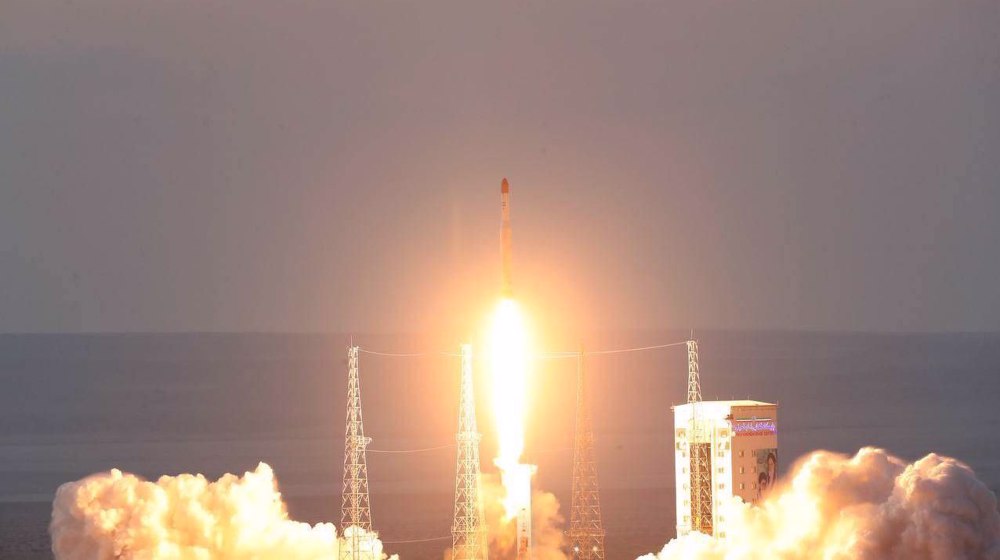







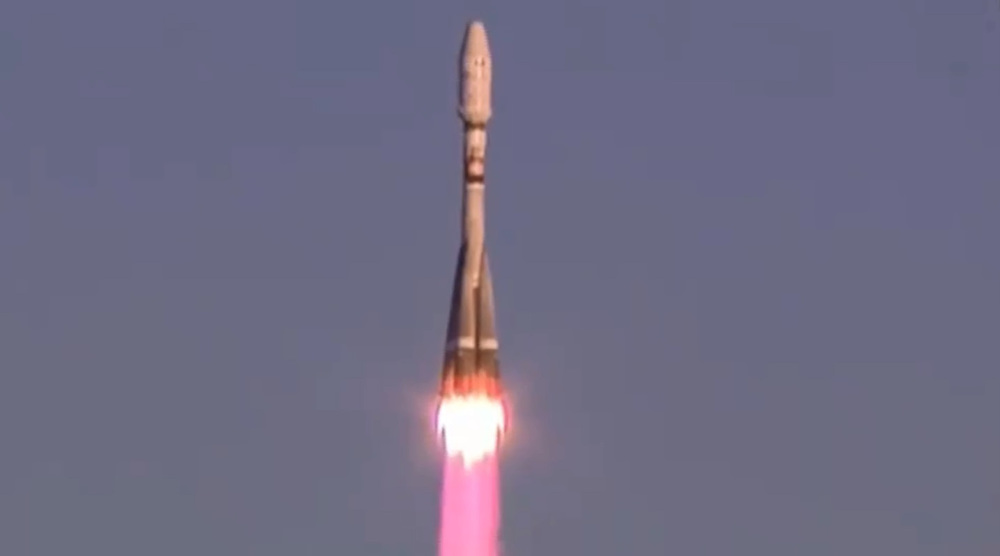
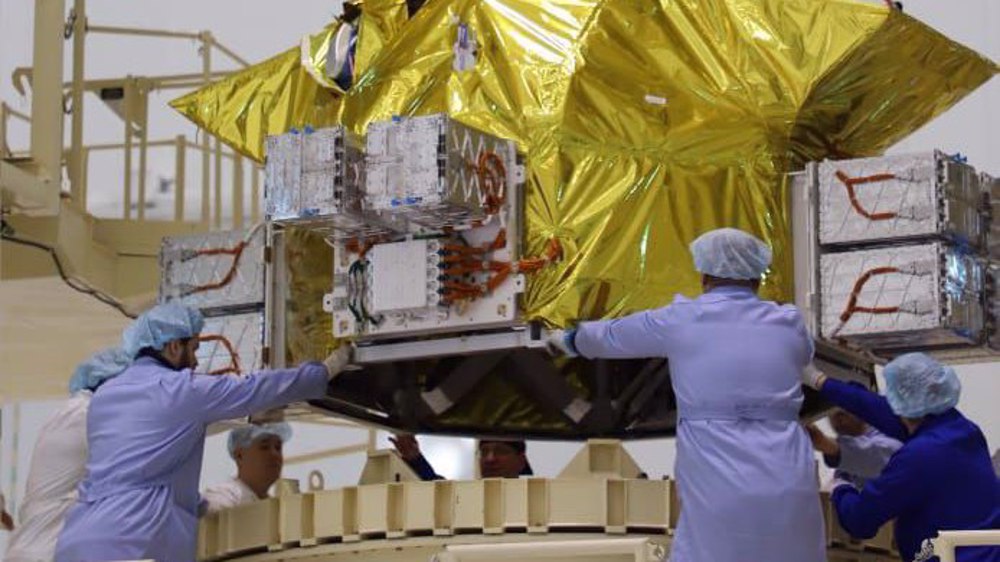
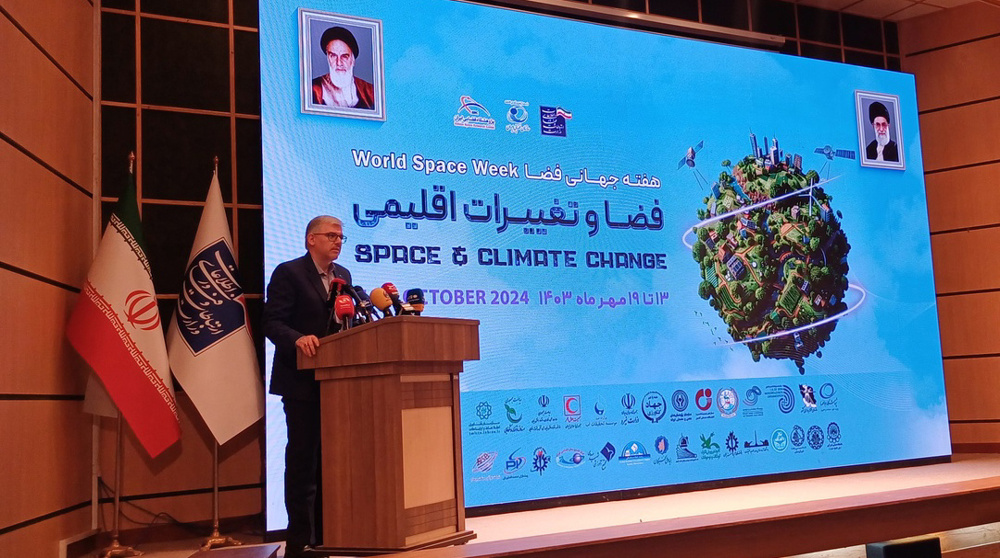
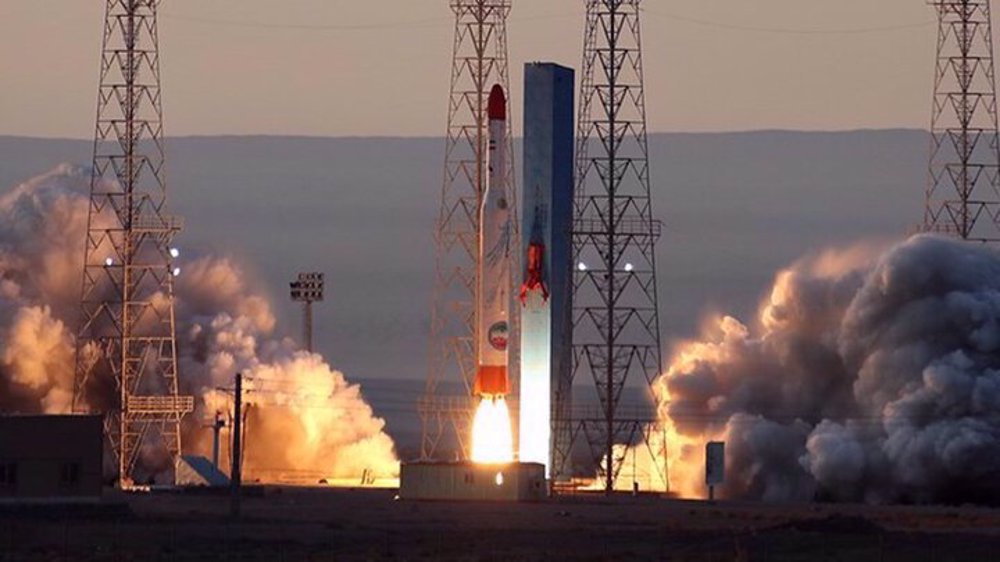
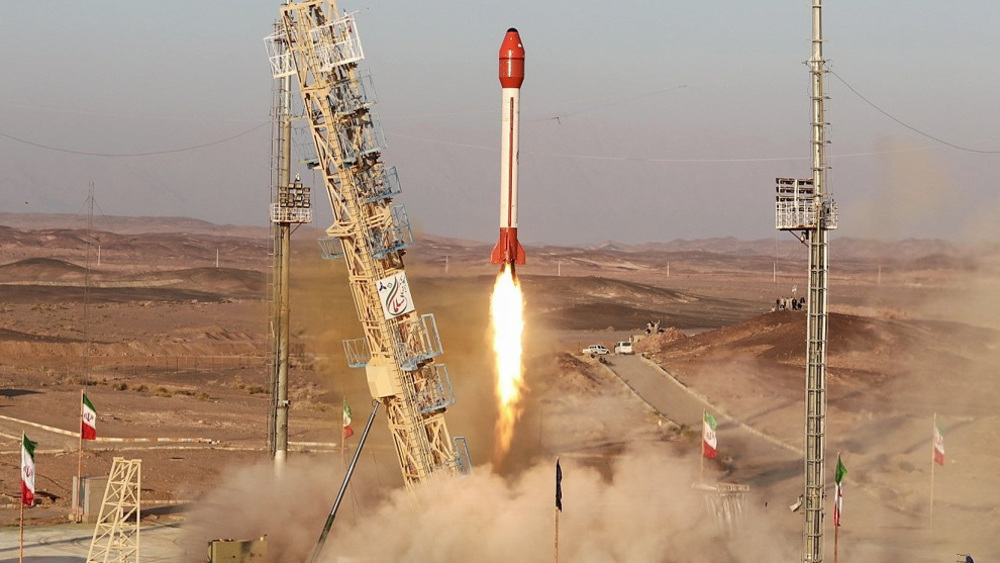
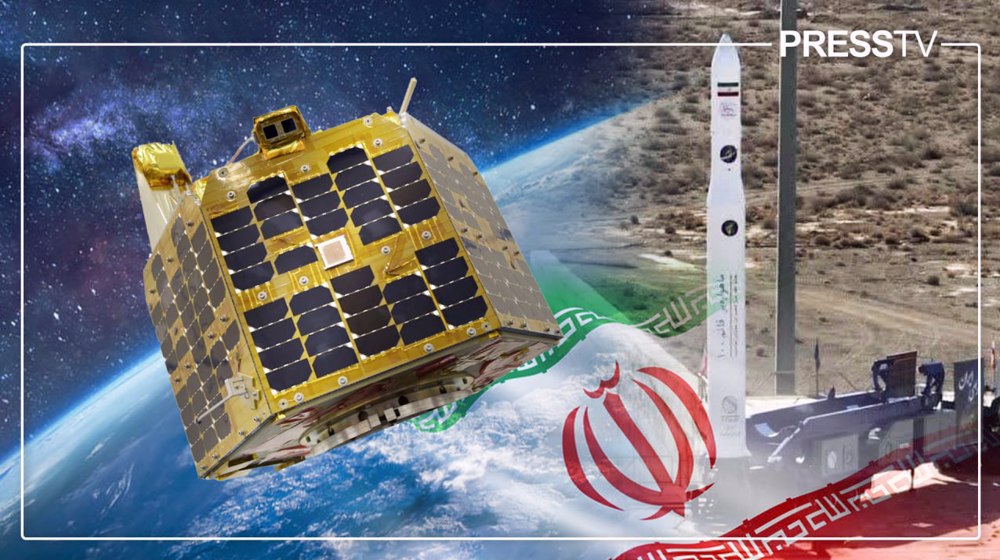
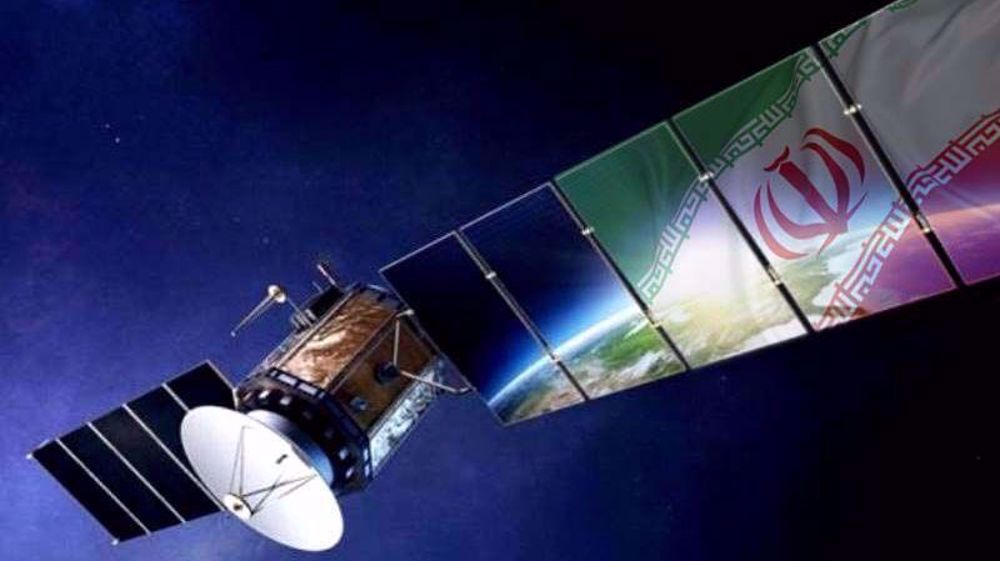
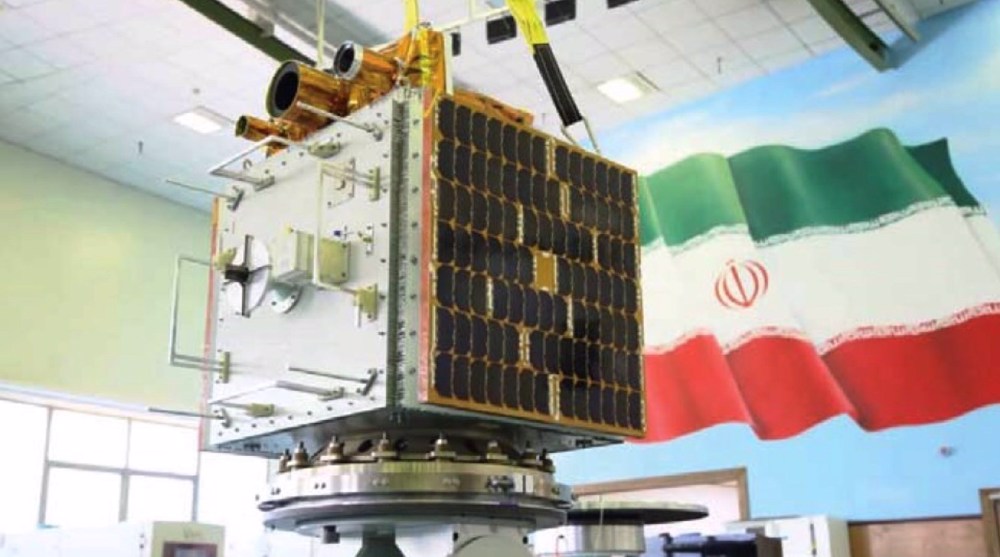

 This makes it easy to access the Press TV website
This makes it easy to access the Press TV website